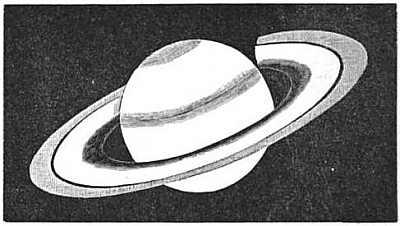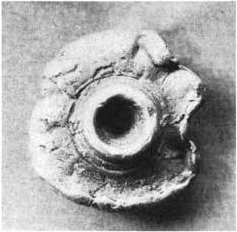‘All the world loves a lover.’ But in Venezuela, they do something about it. T.R. Lahey, in the Catholic periodical, Ave Maria, is responsible for the statement that the postal authorities there allow love letters to go through the mails at half price! But there is a condition. The letters must be mailed in bright-colored envelopes (pansy-blue for loving thoughts, and pink cloud effects; there would be a place for yellow and green to express the feelings of envious suitors and jealous lovers). These bright tints are intended to help the postal clerks and postmen to recognize the nature of the missives; but what a temptation to the carriers to open the letters and cull precious thoughts and phrases!
— The Lutheran, Nov. 6, 1940



